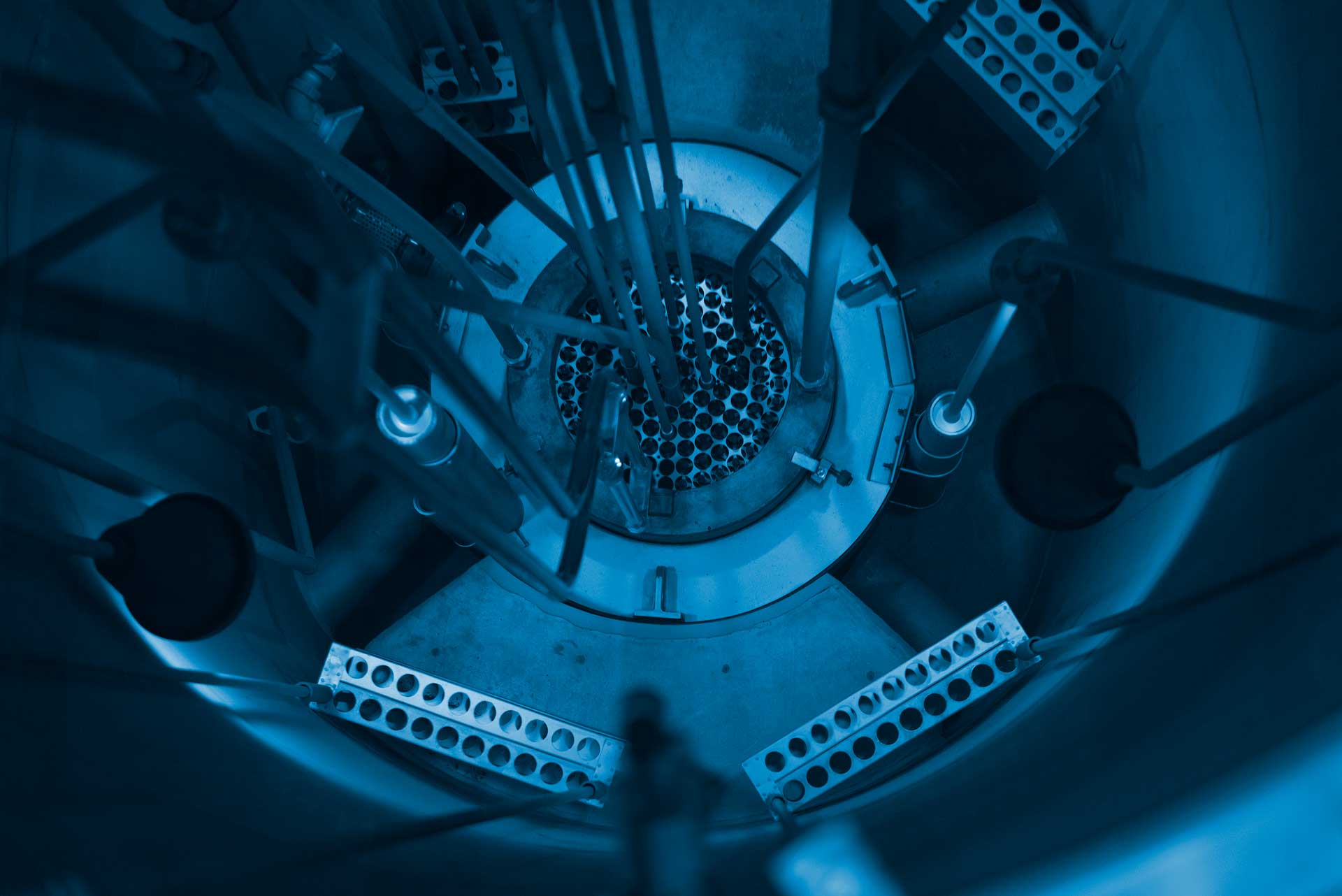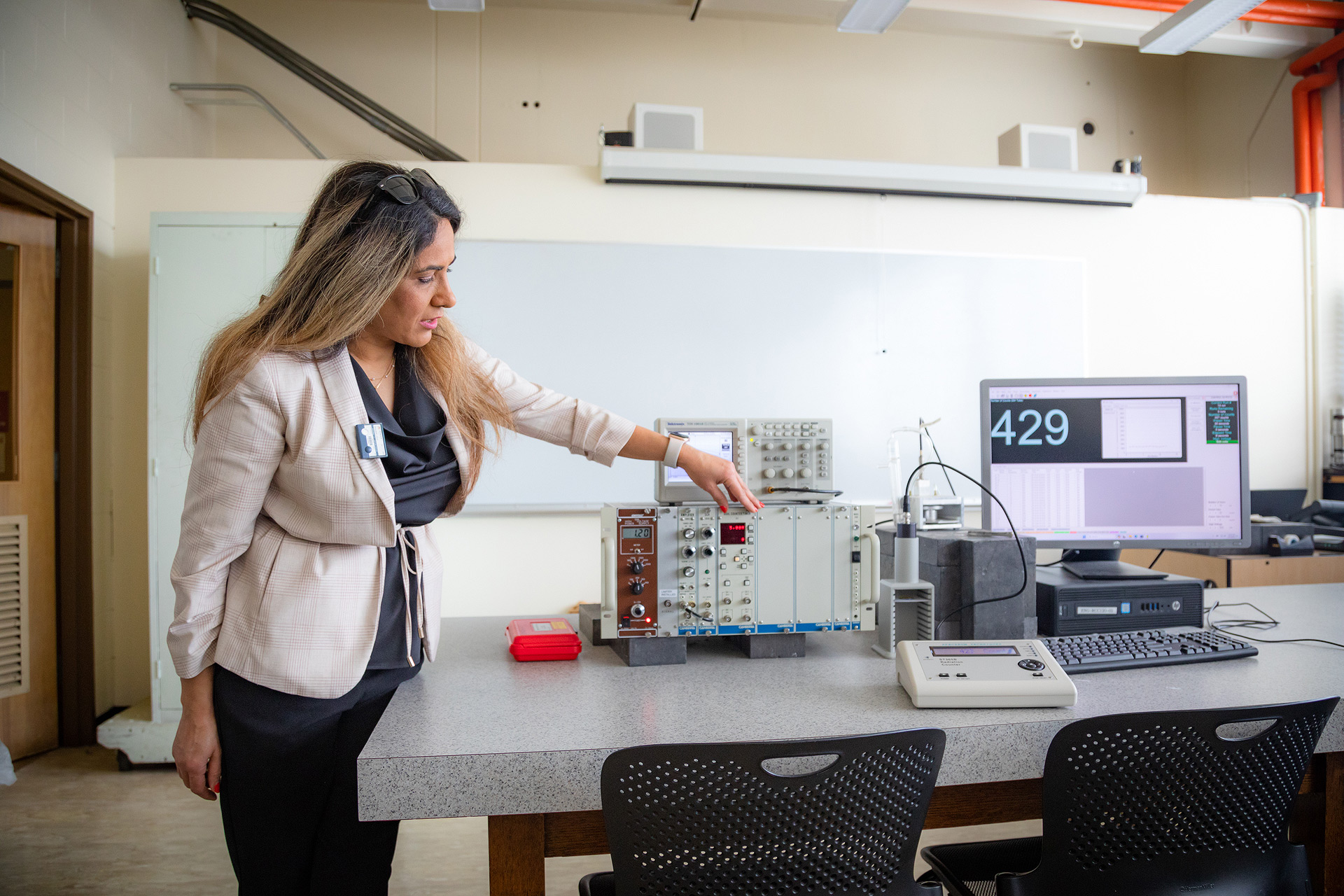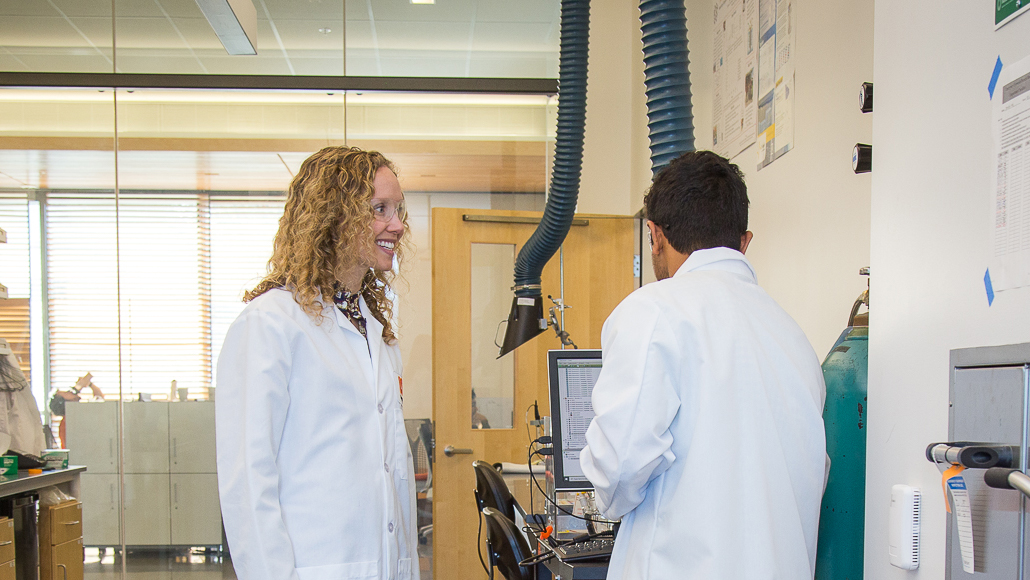Radiation Health Physics
Internationally recognized health physics experts

Ensuring the health and safety of people and the environment
Radioactive materials are used in nuclear energy, cancer treatment, medical imaging, industrial processes, and other important applications. But they also pose potential health risks to the people who work with them and to the environment.
At Oregon State’s radiation health physics program — which ranks among the best in the nation — students are guided by world-renowned faculty. Our program produces more graduates than any other in the country, making the university a recognized leader in this essential and dynamic field.
Degree Types
Locations
Corvallis
Online
Our Faculty
Explore our faculty's expertise and research.
Contact our industry relations team to discuss partnerships and other opportunities.
Cutting-edge research
We're at the forefront of research in fields like radiation detection, nonproliferation science, radiochemistry, and radioecology.
Ecological and Environmental Dose Assessment
Studying the chemical behavior and environmental impact of radioactive elements.
Nuclear and Radio-Chemistry
Exploring the intersection of nuclear chemistry, physics, and engineering.
Nuclear Security and Nonproliferation
Radiation detection, nuclear fuel cycle analysis, measurement techniques for nuclear safeguards, and nuclear forensics.
Radiation Detection and Measurement
Applications across nuclear energy, security, safeguards, and forensics.
Biggest and best

Shaping Future Leaders in Industry and Innovation
Our world-renowned faculty are recognized experts and excel in education, research, and industry impact by:
- Shaping policies and driving innovation
- Collaborating with national labs and federal agencies
- Producing more graduates than any other program in the nation

Laura Micewski serves her country through RHP degree
Ten years in the U.S. Navy helped prepare Laura Micewski for her time as an online student at Oregon State University Ecampus.
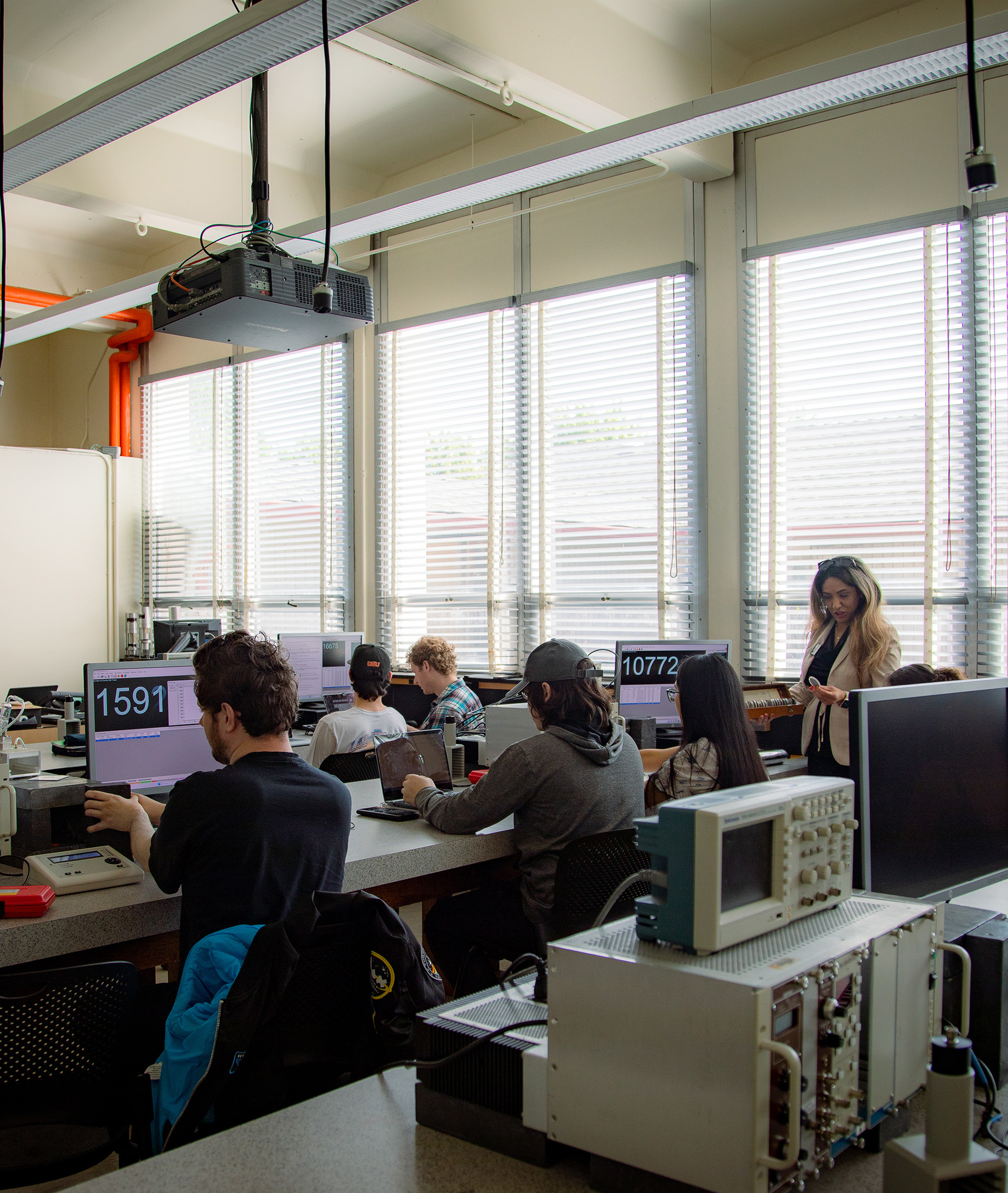
A virtual laboratory like none other
A fully immersive virtual experience that combines 3-D simulations, graphics, animation, and sound to replicate a physical lab.
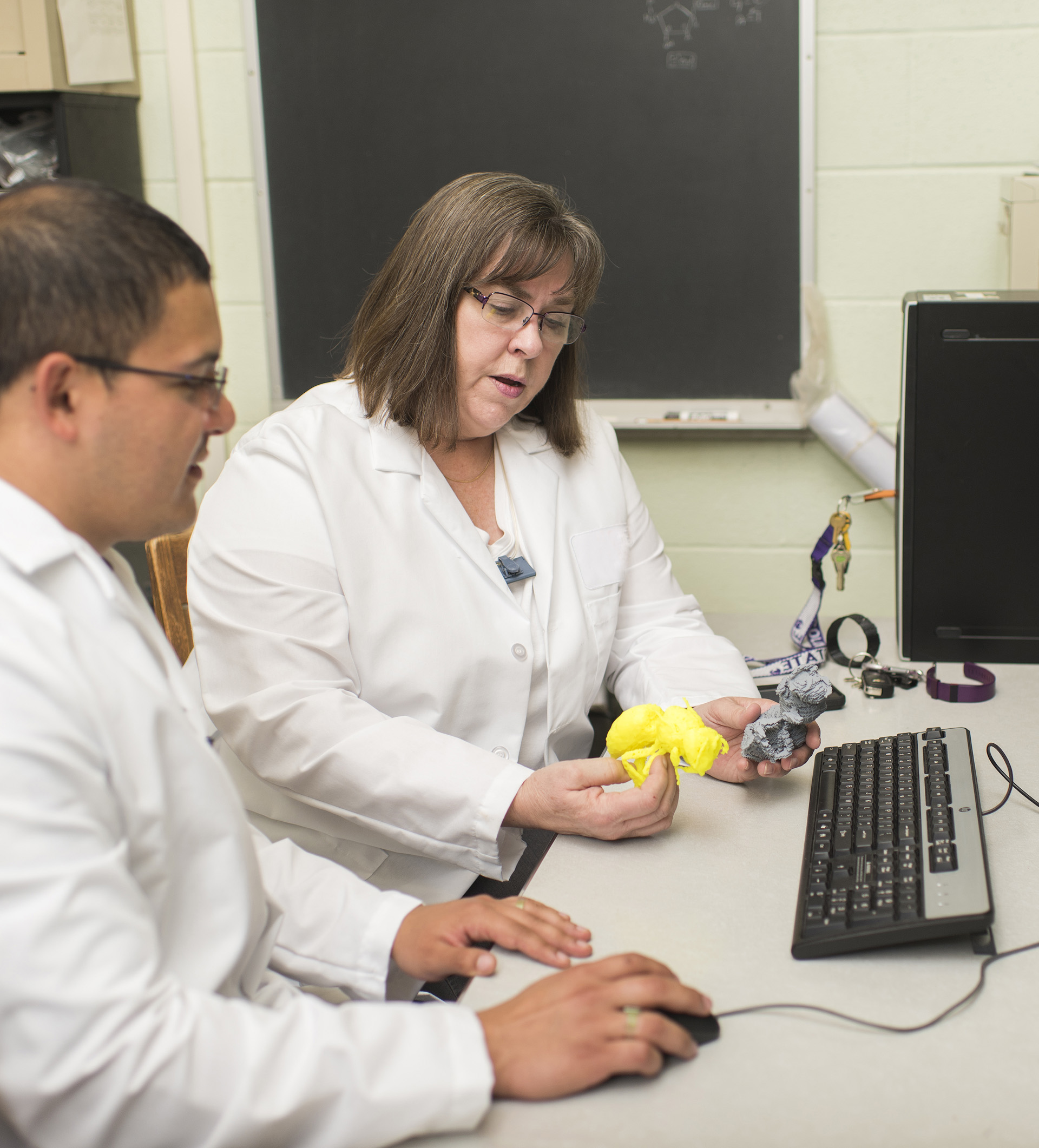
Protecting people from radiation
Kathryn Higley studies radionuclide uptake in culturally significant plants at uranium-contaminated sites.
Degree Types
Locations
Corvallis
Online
Our Faculty
Explore our faculty's expertise and research.
Get in Touch
Partnerships
Contact our industry relations team to discuss partnerships and other opportunities.
